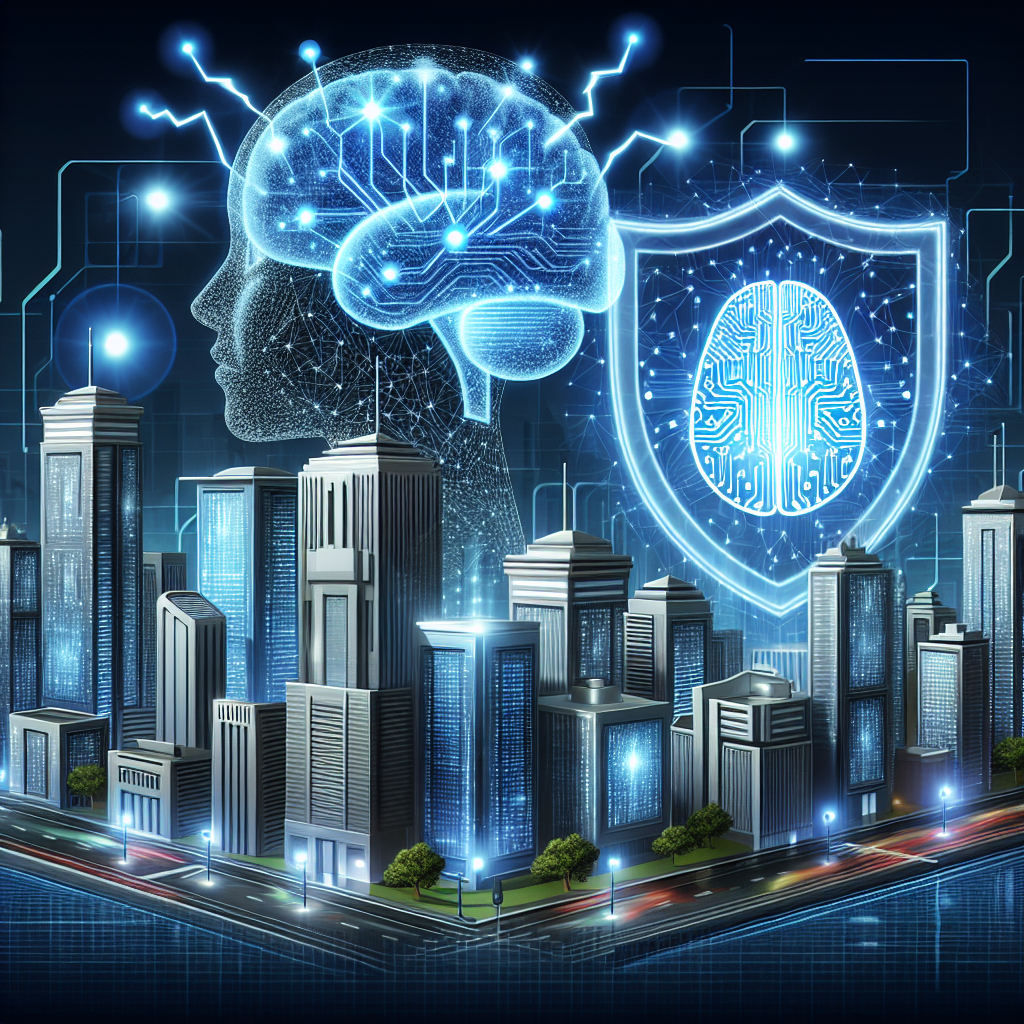Artificial Intelligence (AI) has been revolutionizing various industries, and digital protection practices are no exception. With the increasing sophistication of cyber threats, organizations are turning to AI to enhance their security measures and protect their digital assets. In this article, we will explore the impact of AI on the future of digital protection practices, and how it is reshaping the way we approach cybersecurity.
AI-powered cybersecurity solutions are becoming increasingly popular due to their ability to automate and streamline security processes, detect and respond to threats in real-time, and adapt to evolving cyber threats. AI can analyze vast amounts of data to identify patterns and anomalies that may indicate a potential security breach, enabling organizations to proactively address vulnerabilities before they are exploited by cyber attackers.
One of the key advantages of AI in digital protection practices is its ability to continuously learn and improve its threat detection capabilities. Traditional security measures often rely on predefined rules and signatures to detect threats, which can be easily bypassed by sophisticated cyber attackers. AI, on the other hand, can adapt to new threats and attack techniques by analyzing historical data and learning from past incidents.
AI-powered security solutions can also help organizations to better prioritize and respond to security incidents. By automating the analysis of security alerts and identifying the most critical threats, AI can help security teams to focus their efforts on the most pressing issues and respond more efficiently to cyber attacks. This can significantly reduce the time it takes to detect and mitigate security incidents, minimizing the potential damage to an organization’s digital assets.
Furthermore, AI can help organizations to enhance their threat intelligence capabilities by analyzing vast amounts of data from various sources to identify emerging threats and trends. By leveraging AI-powered threat intelligence platforms, organizations can stay ahead of cyber threats and proactively protect their digital assets.
Despite the numerous benefits of AI in digital protection practices, there are also challenges and concerns that need to be addressed. One of the main challenges is the potential for AI to be exploited by cyber attackers to launch sophisticated attacks. As AI technologies become more advanced, cyber attackers may use AI-powered tools to automate and enhance their attacks, making it harder for organizations to defend against them.
Another concern is the potential for AI to make mistakes or produce false positives, leading to unnecessary security alerts and disruptions to business operations. To address these concerns, organizations need to ensure that AI-powered security solutions are properly configured and monitored to minimize the risk of false positives and ensure the accuracy of threat detection.
In addition, organizations need to consider the ethical implications of using AI in digital protection practices, such as the potential for bias in AI algorithms or the impact on privacy and data protection. It is important for organizations to establish clear guidelines and policies for the use of AI in cybersecurity to ensure that it is used responsibly and ethically.
Overall, the impact of AI on the future of digital protection practices is profound, with AI-powered security solutions offering significant advantages in detecting and responding to cyber threats. By leveraging the capabilities of AI, organizations can enhance their security posture, improve their threat intelligence capabilities, and better protect their digital assets from cyber attacks.
FAQs:
Q: How does AI improve digital protection practices?
A: AI can automate and streamline security processes, detect and respond to threats in real-time, adapt to evolving cyber threats, continuously learn and improve threat detection capabilities, prioritize and respond to security incidents, enhance threat intelligence capabilities, and analyze vast amounts of data to identify patterns and anomalies.
Q: What are the challenges of using AI in digital protection practices?
A: Challenges include the potential for AI to be exploited by cyber attackers, the risk of false positives and unnecessary security alerts, ethical implications such as bias in AI algorithms or privacy concerns, and the need for proper configuration and monitoring of AI-powered security solutions.
Q: How can organizations address the concerns and challenges of using AI in cybersecurity?
A: Organizations can address concerns by establishing clear guidelines and policies for the use of AI in cybersecurity, ensuring that AI-powered security solutions are properly configured and monitored, and considering the ethical implications of using AI in digital protection practices.
Q: What are the benefits of AI-powered security solutions?
A: AI-powered security solutions offer benefits such as automating and streamlining security processes, detecting and responding to threats in real-time, adapting to evolving cyber threats, continuously learning and improving threat detection capabilities, prioritizing and responding to security incidents, enhancing threat intelligence capabilities, and analyzing vast amounts of data to identify patterns and anomalies.

